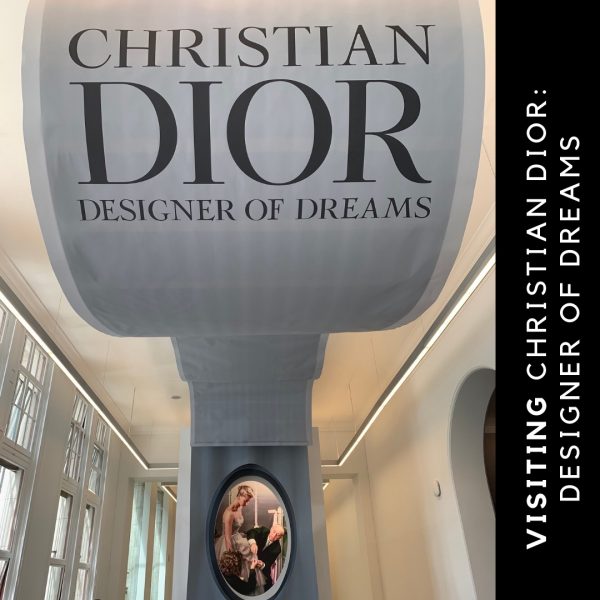
Already in April this year, I had the the pleasure to visit one of the most beautiful exhibitions ever, a must for every fashion lover: Christian Dior: Designer of Dreams at the Victoria and Albert Museum in London. This retrospective celebrates the founding couturier’s avant-garde spirit and the international destiny of his House, shepherded, after his passing in 1957, by the talent of the Creative Directors who succeeded him.
You still have one week left to indulge in the universe of the French Maison as the exhibition has been extended to September 1st after it sold out within 19 days of its opening.
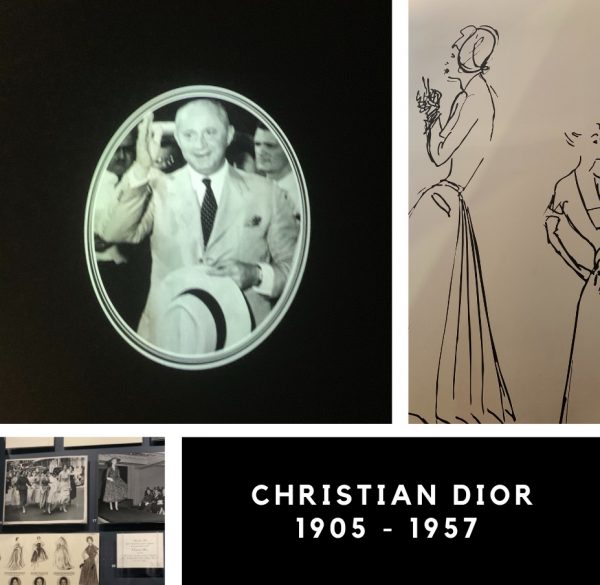
ABOUT CHRISTIAN DIOR
Christian Dior was born into a wealthy Normandie family in the French seaside town of Granville on January 21, 1905. As a child he shared his mother’s love of gardens. is early passions included architecture and designing fancy dress costumes for his friends. Sent by his parents to study political science in Paris, Dior gravitated towards a bohemian group of friends, including composer Henri Sauguet and artist Christian Bérard.
In 1928, he opened and art gallery, but the business foundered when the Dior family fortune collapsed following the 1929 financial crisis. Forced to find a new way to make a living, Dior took up fashion drawing, eventually working with top couturiers Robert Piguet and Lucien Lelong.
In 1946, Dior founded his own couture house with the backing of textile manufacturer Marcel Boussac. On 12 February 1947, the House of Dior launched its first collection. Dubbed the «New Look» by the press, the collection had an instant and unparalleled influence on fashion around the world. The House of Dior grew rapidly. By 1955 it accounted for over 50% of overseas exports of French haute couture.
In the prime of his career, Christian Dior died suddenly on 24 October 1957. His legacy has continued under the creative directors who have succeeded him at the head of the House of Dior: Yves Saint Laurent, Marc Bohan, Gianfranco Ferré, John Galliano, Raf Simons and Maria Grazia Chiuri.
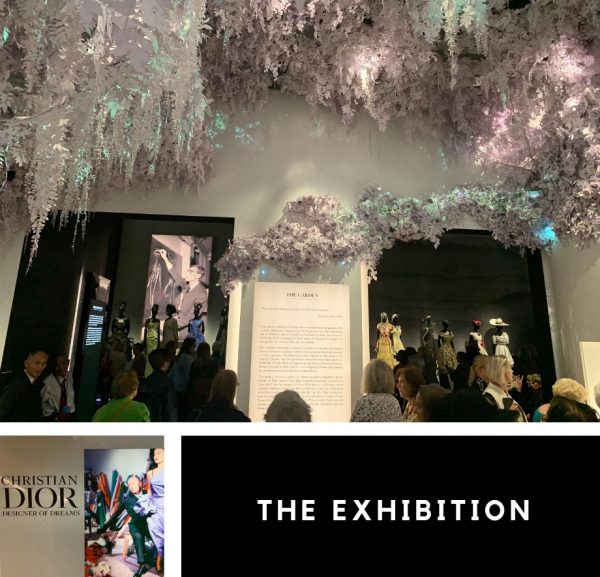
THE EXHIBITION
Based on the highly successful Musée des Arts Décoratifs exhibition Christian Dior: Couturier du Rêve (on view from 5 July 2017 to 7 January 2018), the show charts seven decades of the continuing importance, influence and creativity of the House of Dior in the fashion world, with an additional section showcasing the story of Dior in Britain.
 The famous «Bar Suit» and hat, Haute Couture S/S 1947
The famous «Bar Suit» and hat, Haute Couture S/S 1947
Drawn from the extensive Dior Archives, the exhibition presents over 500 objects, with over 200 rare Haute Couture garments shown alongside accessories, fashion photography, film, vintage perfume, original make-up, illustrations, magazines, and Christian Dior’s personal possessions. Unfolding across eleven themes, this unique event invites visitors to immerse themselves inside Christian Dior’s world, tracing the highlights of his life, from his childhood to the creation of his couture house at the end of 1946. A voyage through time that continues with the starring role played by such timeless icons as the eternal «Bar Suit», and legendary looks designed by the visionary tastemaker the couturier was.
Celebrating the Dior art of color, accessories, hats, bags, illustrations, miniature dresses, lipsticks and emblematic fragrances together form a spectrum of colors dear to Christian Dior and, in turn, enrich this exciting encounter with the House. The culmination of this immersive exploration, an exhibit called «Le Salon» showcases the splendor of society soirées, illustrated by spectacular dresses that testify to the virtuosity and savoir-faire of excellence of the Dior haute couture ateliers.
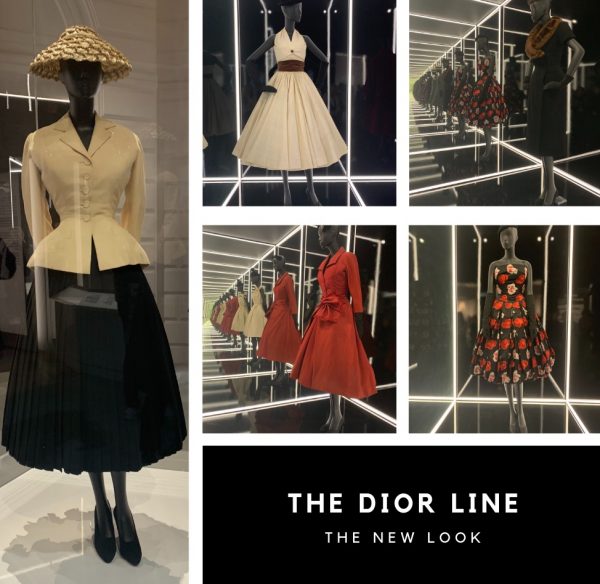
THE NEW LOOK
Christian Dior unveiled his first haute couture collection on 12 February 1947, amid excited anticipation within fashion circles. Offering a radical alternative to the boxy, masculine style of women’s fashion after the Second World War, Dior’s designs caused a sensation. Carmel Snow, editor in chief of Harper’s Bazaar, declared: « It’s quite a revolution, dear Christian, your dresses have such a new look!» The Dior Line showcases ten defining looks made between 1947 and 1957, Christian Dior’s own tenure at the House.
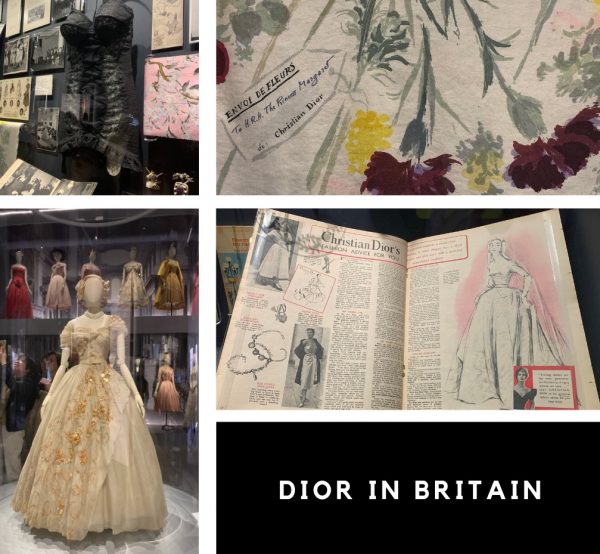
DIOR IN BRITAIN
Exactly to this day, 72 years before, on 26 August 1947, a small group of people stood together in London’s Claridge’s Hotel, hovering around a smartly dressed middle-aged man holding a trilby hat. The celebrated couturier Christian Dior, who just six months earlier had revolutionized fashion with its first «New Look» collection, was in the process of being ambushed by the press. One journalist grilled him as to how he was able to persuade a world short of fabric to embrace his audacious new fashions, to which Dior replied: «I am giving the women the dresses they want. They’re fed up with war restrictions… My full skirts are a release.»
«I adore the English, dressed not only in tweeds which suit them so well, but also in those flowing dresses, in subtle colours, which they have worn inimitably since the days of Gainsborough.» Christian Dior, 1957.
 Christian Dior designed this couture dress in 1951 specially for the 2st birthday of Princess Margaret.
Christian Dior designed this couture dress in 1951 specially for the 2st birthday of Princess Margaret.
In his autobiography, Dior affirmed his love for all things English. He was particularly enamoured with the English aristocracy and he admired the grandeur of the great houses and gardens of Britain, as well as British-designed ocean liners, including the Queen Mary, and Savile Row suits.
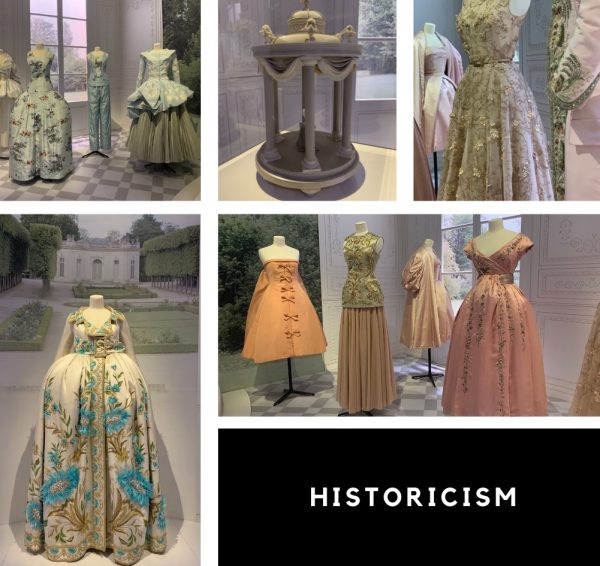
HISTORICISM
Christian Dior often cited historic periods in his designs – the sinus lines of Belle Époque dresses from the late 1800s and early 1900s: the tightly waisted mid-nineteenth-century styles worn by the French Empress Eugénie, Napoléon III’s wife. The sumptuous silks and dramatic silhouettes of the eighteenth century held a particular fascination. Dior’s premises at 30 Avenue Montaigne in Paris had a neo-classical façade, medaillon-backed chairs, and white and grey panelling like that of Petit Trianon at Versailles, a colour Dior is said to have revived.
«I thank heaven I lived in Paris in the last years of the Belle Epoque.» Christian Dior, 1957
 In front of one of my favorite Dior dresses, Look 24 from the F/W 2004 Haute Couture collection by John Galliano.
In front of one of my favorite Dior dresses, Look 24 from the F/W 2004 Haute Couture collection by John Galliano.
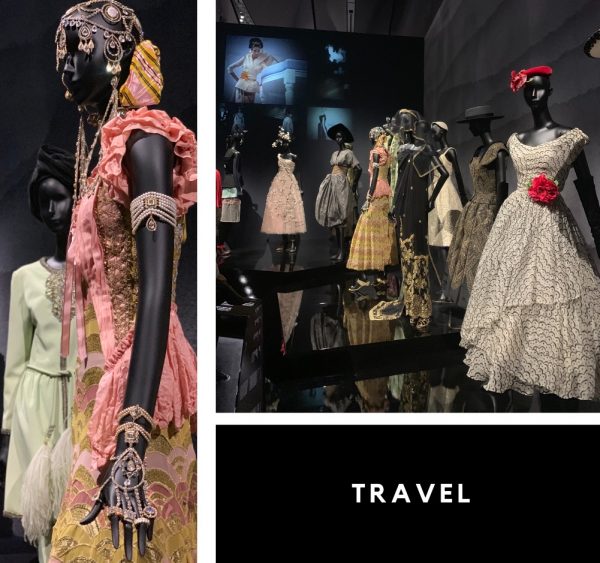
TRAVEL
Travels explore how travel and different countries and cultures have consistently inspired the various designers at the House of Dior. This section focuses on five of the countries that provided a source of reference for Christian Dior and his successors at the House of Dior: Mexico, India, Egypt, Japan and China.
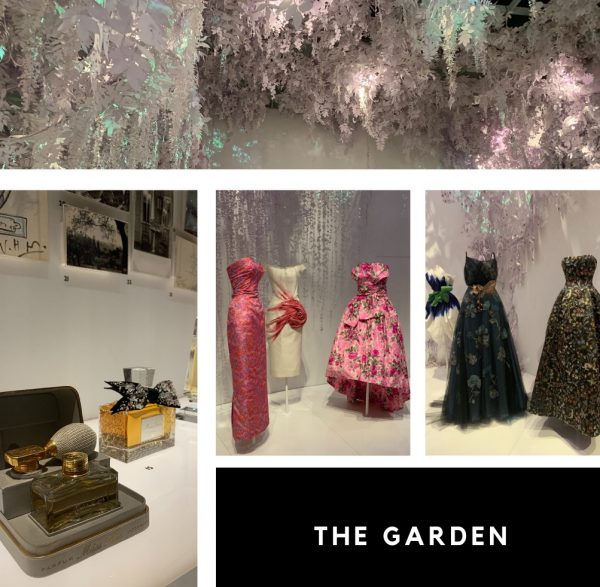
THE GARDEN
Flowers are emblematic of the Maison and have inspired silhouettes, embroidery and prints, but also the launch of Miss Dior in 1947, the first fragrance created alongside the very first show.
From horticulture to global travel and historicism, the show reveals the sources of inspiration that defined the House of Dior’s aesthetic.
 Look 47 from the F/W 2012 Haute Couture collection by Raf Simons for Dior. It was worn by actress Natalie Portman, the face of Miss Dior perfume.
Look 47 from the F/W 2012 Haute Couture collection by Raf Simons for Dior. It was worn by actress Natalie Portman, the face of Miss Dior perfume.
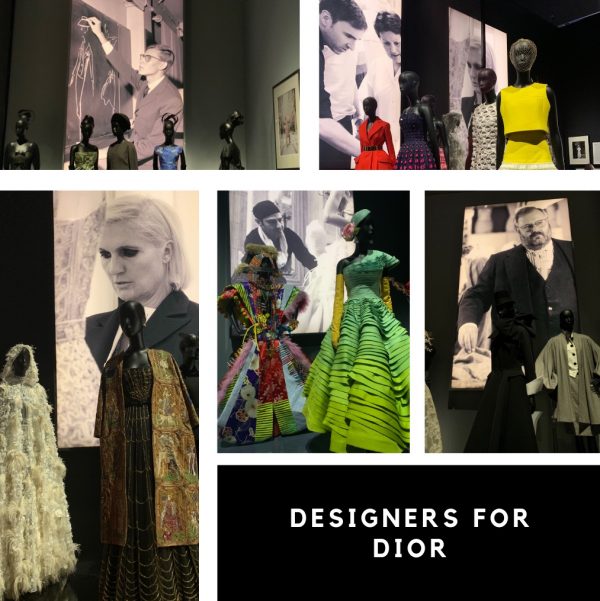
DESIGNERS FOR DIOR
Designers for Dior spotlights the work of the subsequent six key artistic directors since Christian Dior’s death in 1957.
Since 1957 the House of Dior has been led by:
Yves Saint Laurent 1958-60
Marc Bohan 1960-89
Gianfranco Ferré 1989-96
John Galliano 1996-2011
Raf Simons 2012-15
Maria Grazia Chiuri 2016 to present
Each creative director has brought a new perspective.
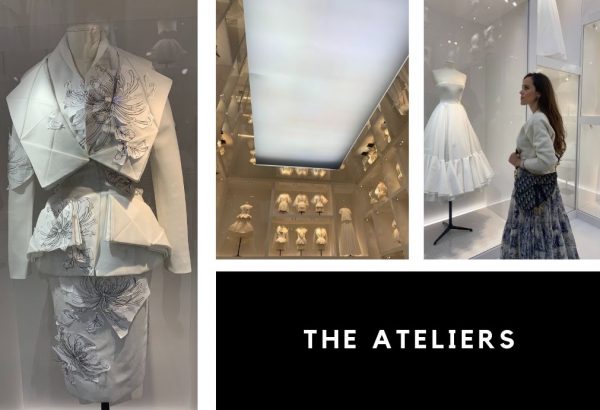
THE ATELIERS
The Ateliers showcases toiles from the Dior Ateliers in a stunning «cabinet of curiosity» style.
«Everything created by human hands expresses something – above all the personality of the creator. The same thing is true with a dress. But since so many people are working on it, the real job is to get all the hands that cut, sew, try on and embroider to express all I have felt.» Christian Dior, 1954
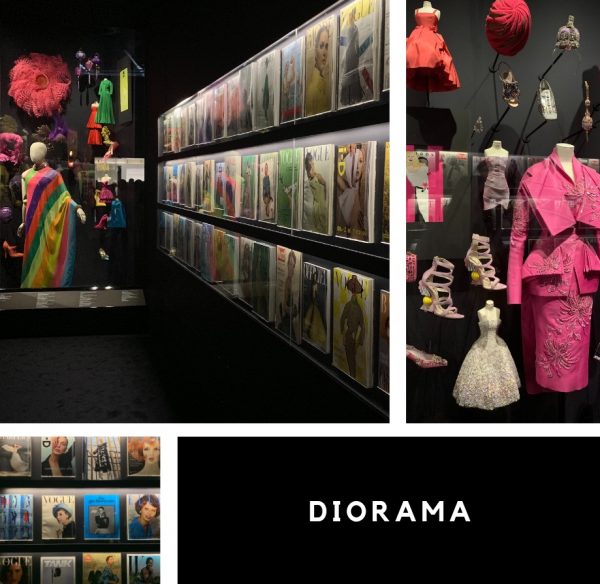
DIORAMA
Diorama examines the breadth of the House of Dior, from accessories including costume jewellery, hats, shoes and bags, to illustrations, miniature dresses and archive lipstick and perfume, bottles, collected in a kaleidoscopic display. This section spotlights the key creative partners of the House from the past 70 years, including Roger Vivier Stephen Jones, René Gruau, Serge Lutens and Swarovski, Christian Dior’s first choice for crystals to embellish his creations.
 How cool! My own outfit was part of the exhibition.
How cool! My own outfit was part of the exhibition.
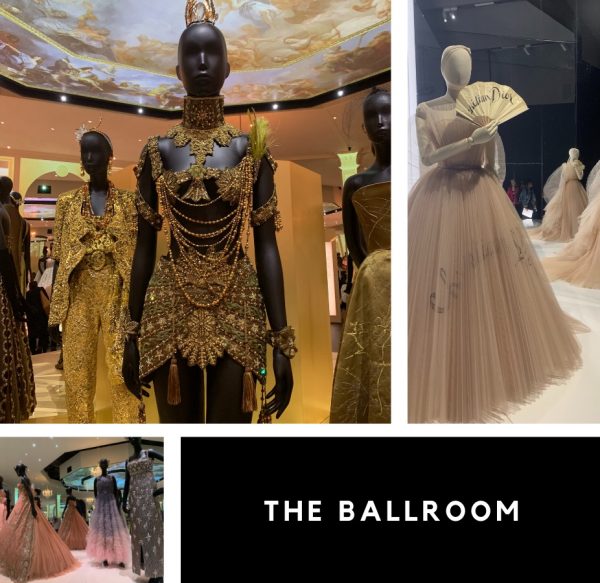
THE BALLROOM
Drawing on his love of costume, it was in his evening dresses and ball gowns that Dior could indulge his imagination and showcase the diverse skills of the haute couture ateliers. Until today, a Dior gown, synonymous with allure and opulence, demonstrates the formidable talents and techniques of Parisian haute couture. It is no wonder that such striking creations have graced numerous red carpets as the choice of film stars and prominent personalities over the past seven decades.
I hope that you have enjoyed following me on my tour through this beautiful exhibition.
LoL, Sandra
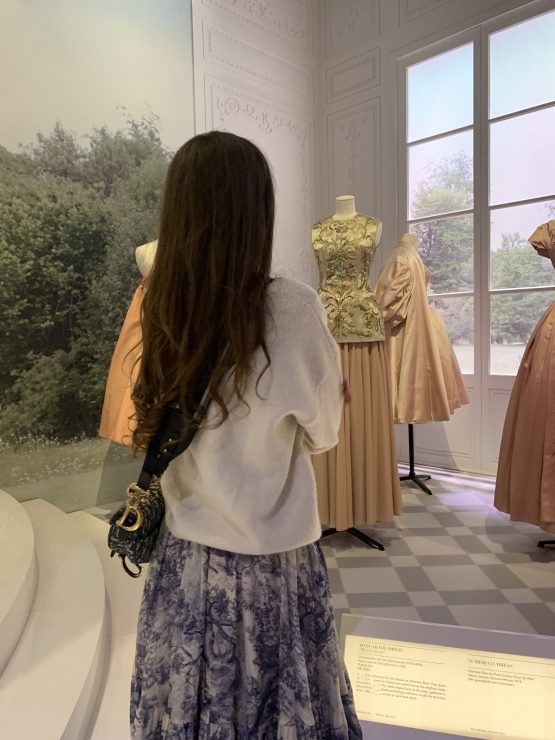
Photos taken of the exhibition: © Sandra Bauknecht


 Trendsetting: Prada S/S 2012 ad campaign photographed by Steven Meisel
Trendsetting: Prada S/S 2012 ad campaign photographed by Steven Meisel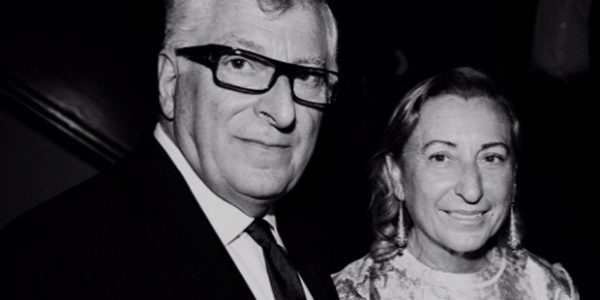 Power couple: Patrizio Bertelli and Miuccia Prada
Power couple: Patrizio Bertelli and Miuccia Prada Presented in Milan last Thursday: Miuccia Prada’s last single show for F/W 2020
Presented in Milan last Thursday: Miuccia Prada’s last single show for F/W 2020 Good luck, Raf!
Good luck, Raf!

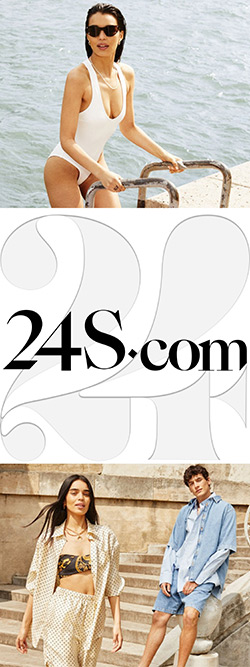




 Tamara Ralph
Tamara Ralph Ralph & Russo Couture F/W 2019
Ralph & Russo Couture F/W 2019






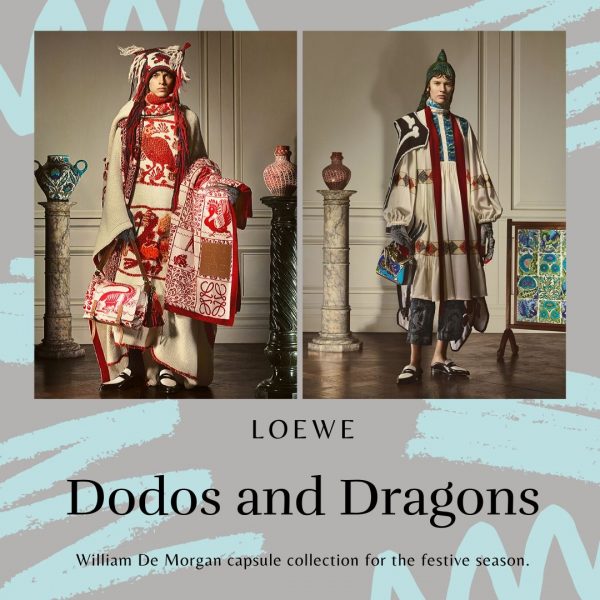


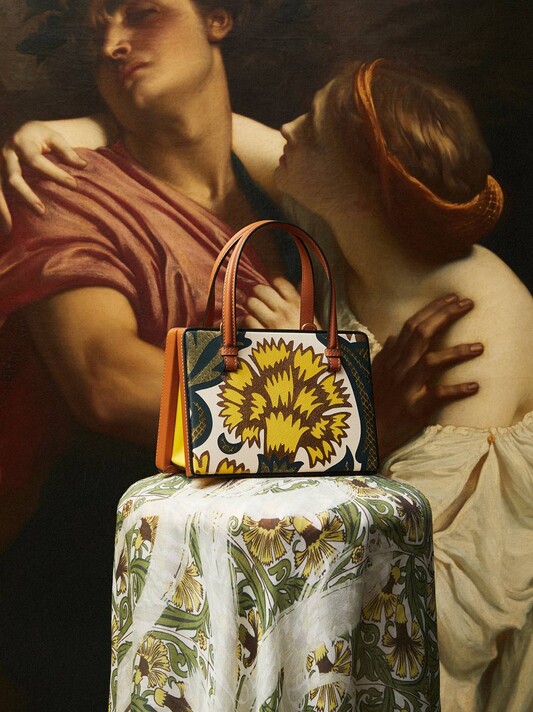



 Me with Alber Elbaz in 2015
Me with Alber Elbaz in 2015 Lanvin F/W 2012 campaign
Lanvin F/W 2012 campaign
 Shaw-Lan Wang and Alber Elbaz in happier times. Photo: BFA / The Cut
Shaw-Lan Wang and Alber Elbaz in happier times. Photo: BFA / The Cut Alber Elbaz lives it up at Tod’s Happy Moments launch. Photo: Tod’s / Getty
Alber Elbaz lives it up at Tod’s Happy Moments launch. Photo: Tod’s / Getty A shoe from Tod’s Happy Moments collection created by Elbaz.
A shoe from Tod’s Happy Moments collection created by Elbaz. Feminine and dreamy designs: Lanvin F/W 2011 by Alber Elbaz
Feminine and dreamy designs: Lanvin F/W 2011 by Alber Elbaz Me in a Lanvin by Alber Elbaz dress, click
Me in a Lanvin by Alber Elbaz dress, click 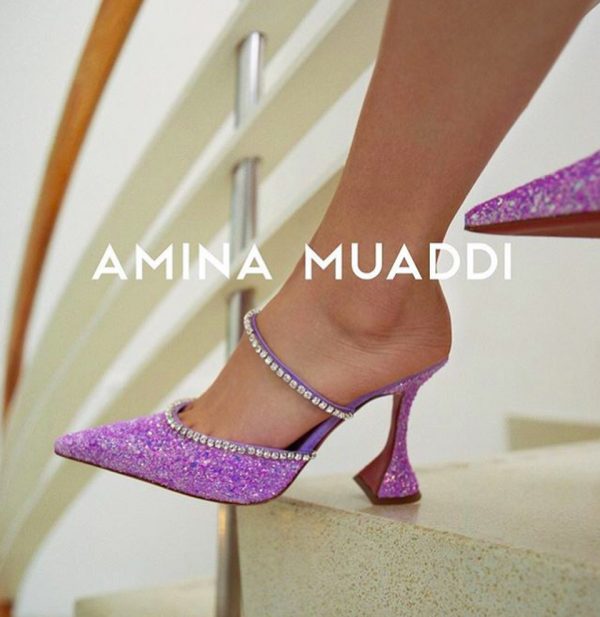
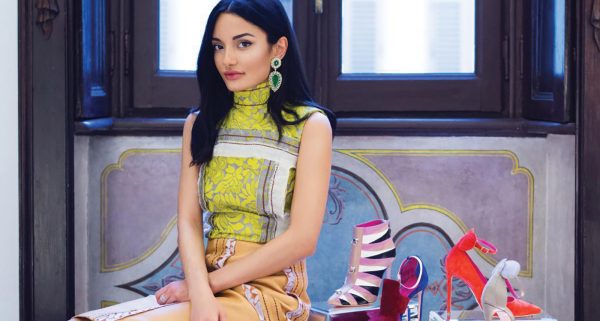









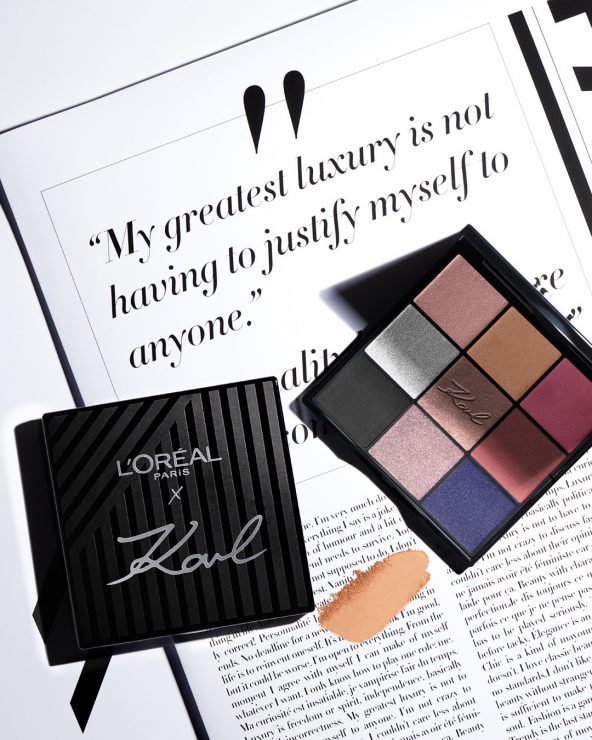
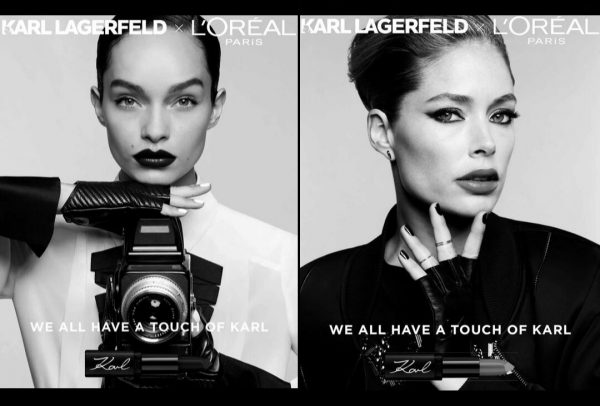
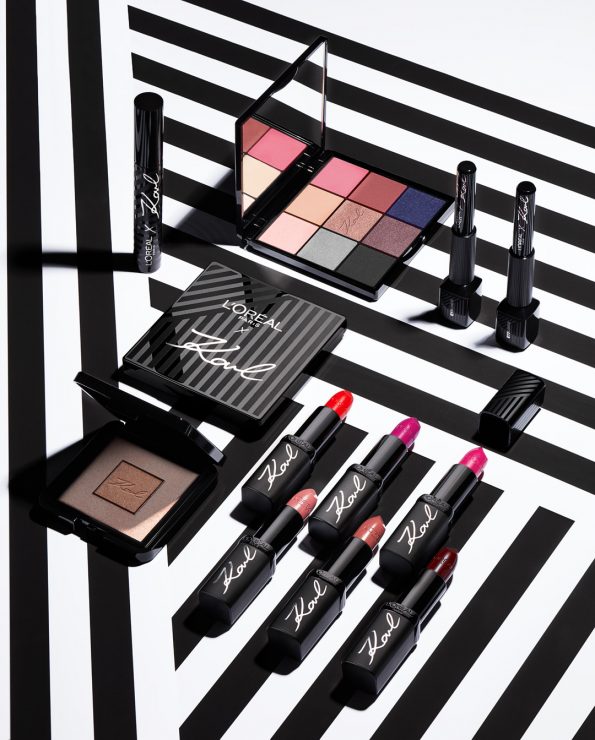
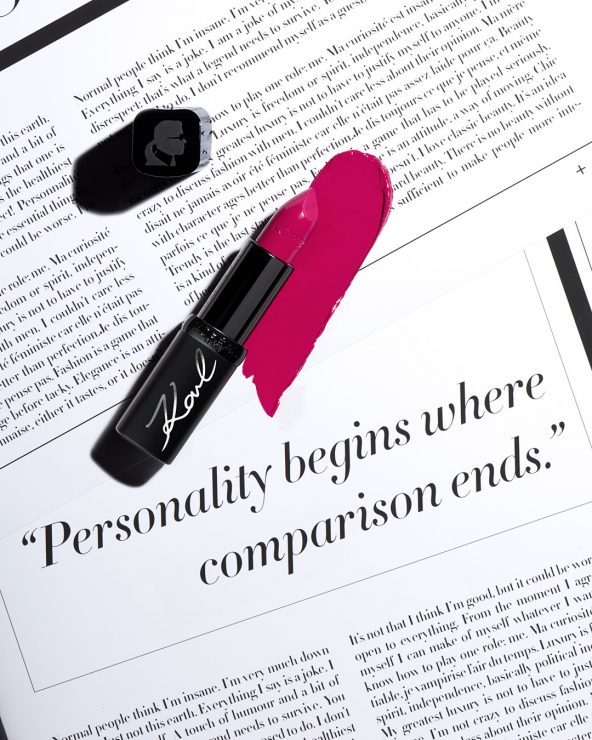



 The famous «Bar Suit» and hat, Haute Couture S/S 1947
The famous «Bar Suit» and hat, Haute Couture S/S 1947

 Christian Dior designed this couture dress in 1951 specially for the 2st birthday of Princess Margaret.
Christian Dior designed this couture dress in 1951 specially for the 2st birthday of Princess Margaret.
 In front of one of my favorite Dior dresses, Look 24 from the F/W 2004 Haute Couture collection by John Galliano.
In front of one of my favorite Dior dresses, Look 24 from the F/W 2004 Haute Couture collection by John Galliano.

 Look 47 from the F/W 2012 Haute Couture collection by Raf Simons for Dior. It was worn by actress Natalie Portman, the face of Miss Dior perfume.
Look 47 from the F/W 2012 Haute Couture collection by Raf Simons for Dior. It was worn by actress Natalie Portman, the face of Miss Dior perfume.


 How cool! My own outfit was part of the exhibition.
How cool! My own outfit was part of the exhibition.

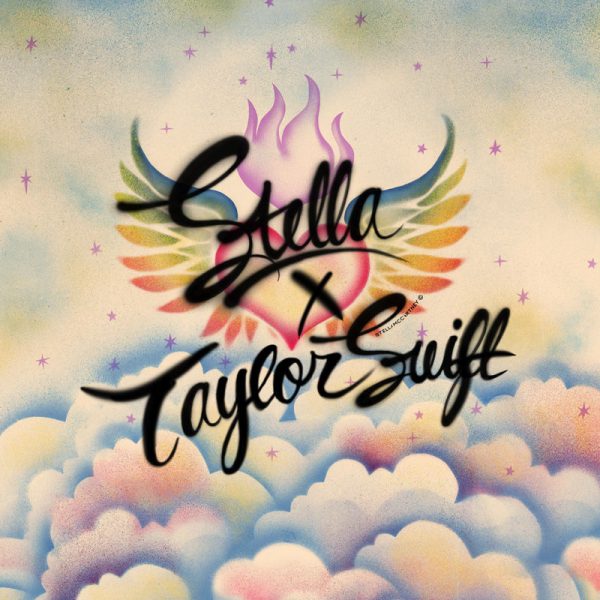
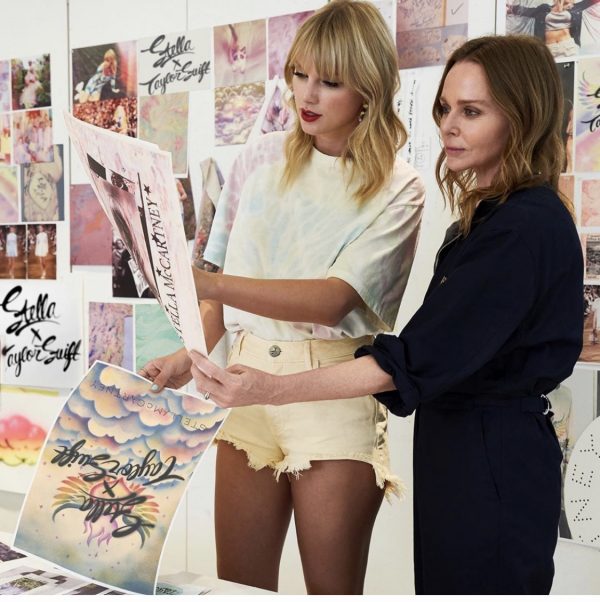
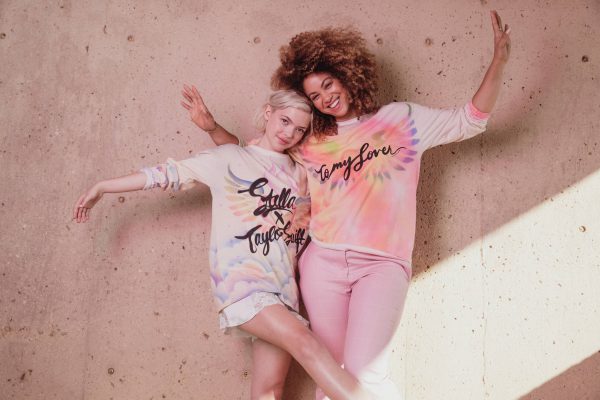

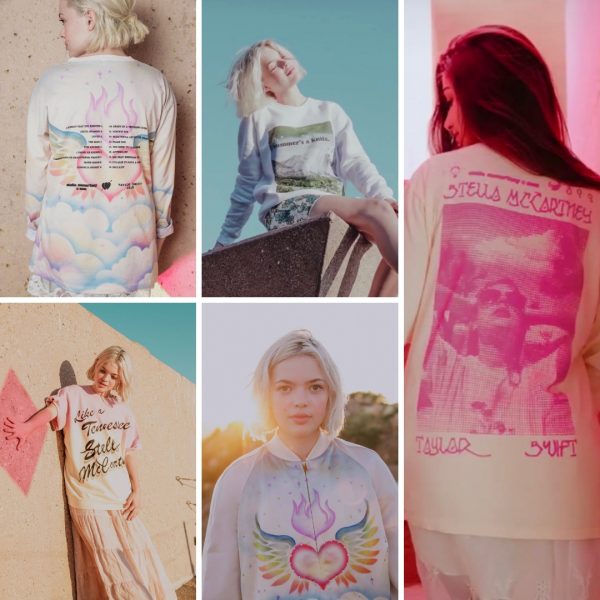




 Duro Olowu with me
Duro Olowu with me